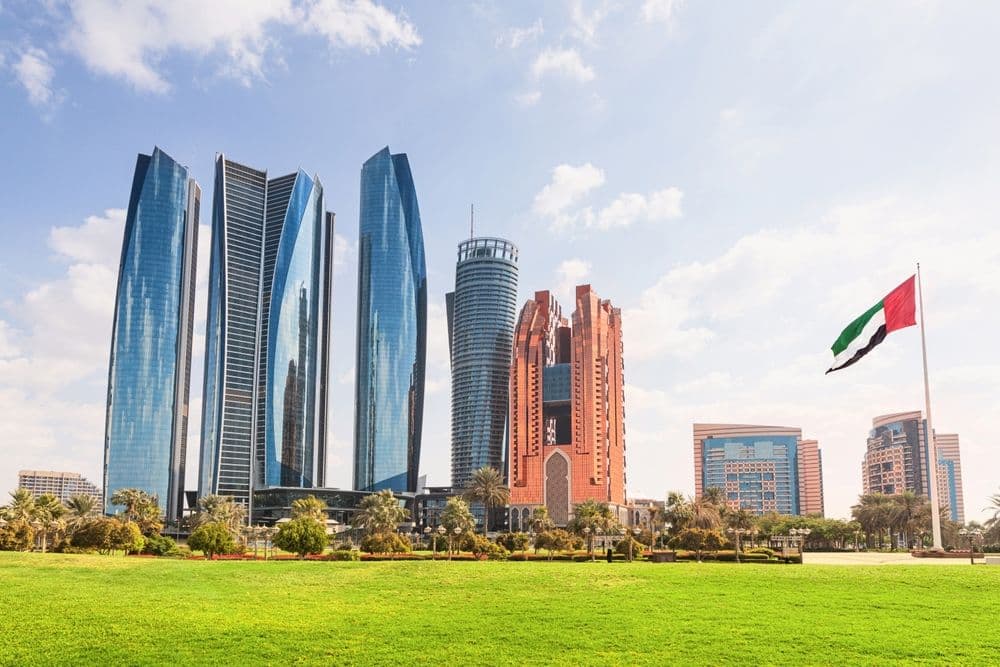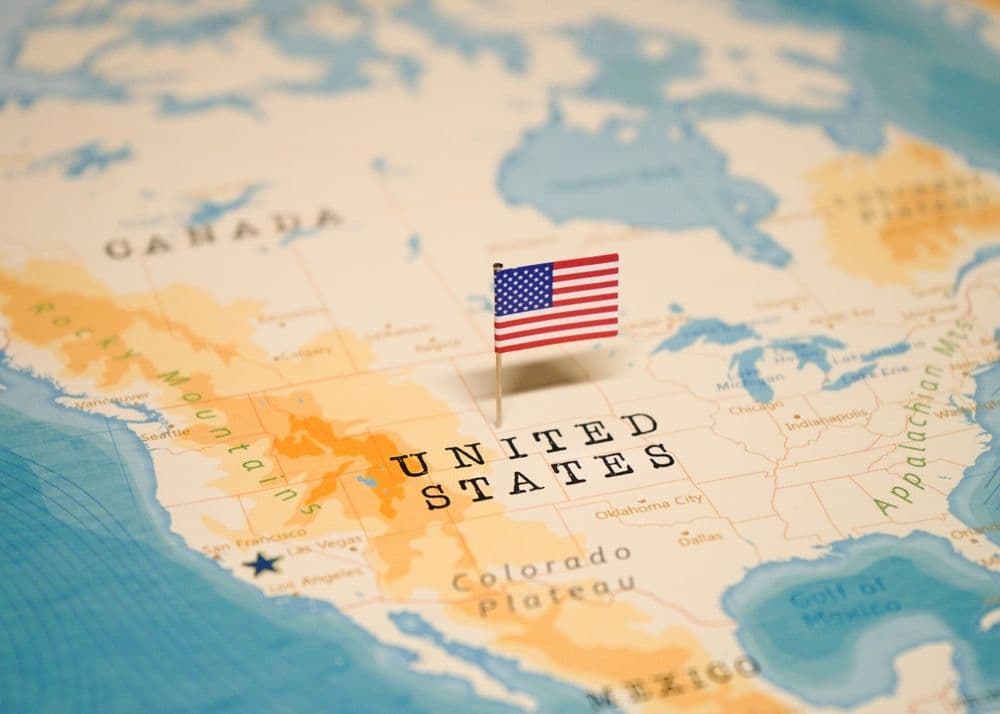 Developers expect the financial hub to generate over $1 billion annually in revenue by its fifth year and potentially triple the nation’s GDP within just four years of operation. (Chumash Maxim via Shutterstock)
Developers expect the financial hub to generate over $1 billion annually in revenue by its fifth year and potentially triple the nation’s GDP within just four years of operation. (Chumash Maxim via Shutterstock)The ambitious venture is set to dramatically alter the economic landscape of the island nation, whose current GDP stands at approximately $7 billion. By comparison, the value of the proposed project is larger than the entire Maldivian economy, underlining the scale and ambition behind the development. It represents one of the most significant foreign investments ever secured by the country.
The MIFC is designed to become a key financial gateway for the Indian Ocean and South Asian region, with a strong emphasis on fintech, digital assets, blockchain infrastructure, and sustainable finance. The project spans an estimated 830,000 square meters, with the capacity to house 6,500 residents and employ up to 16,000 workers. Developers expect the financial hub to generate over $1 billion annually in revenue by its fifth year and potentially triple the nation’s GDP within just four years of operation.
According to Finance Minister Mohamed Shafeeq, the MIFC signals a paradigm shift in the Maldives’ economic strategy, from debt-fueled infrastructure spending to innovative partnerships with high-net-worth investors and sovereign stakeholders.
The lead investor, Sheikh Nayef bin Eid Al Thani, brings with him not only capital but also access to a consortium of wealthy Gulf-based investors and institutional partners. MBS Global Investments is reportedly in the process of securing between $4 billion and $5 billion in confirmed commitments from family offices and sovereign wealth circles in the Gulf region.
 The Maldives (SergeyNikolaevich/Shutterstock)
The Maldives (SergeyNikolaevich/Shutterstock)This is not the first time Gulf states have played a role in Maldivian development, but the scale of this project and its focus on finance and digital infrastructure marks a notable departure from previous real estate and tourism investments.
To support the development, the Maldives has also signed a Memorandum of Understanding (MoU) with the Qatar Financial Centre (QFC). The agreement includes plans for knowledge sharing, capacity-building programs, and legal framework development aimed at aligning the Maldivian financial ecosystem with international best practices.
Additionally, the Maldives has established a new regulatory body, the Maldives International Financial Services Authority (MIFSA). The authority will oversee the establishment and operation of financial entities within the hub, enforce compliance, and coordinate with foreign regulatory agencies to ensure trust and transparency.
MIFSA is expected to play a central role in attracting international financial firms, especially those operating in emerging sectors like crypto finance, green bonds, and cross-border remittances. The authority’s regulatory model is reportedly being built in consultation with experts from Singapore, the UK, and the UAE to provide a globally competitive structure.
The announcement comes at a pivotal time. The Maldives is currently navigating billions in outstanding loans, many linked to previous infrastructure initiatives funded under both Chinese and Indian influence. With a growing need for foreign exchange reserves and economic resilience, the government views this financial hub as a strategic response to external debt dependency.
The move also carries geopolitical undertones. By aligning more closely with Qatar and the broader Gulf financial architecture, the Maldives appears to be recalibrating its economic alliances, potentially shifting some distance from its traditional South Asian partners.
While the project has generated significant excitement, experts caution that several hurdles remain. Competition from established hubs like Dubai, Singapore, and Mauritius will be fierce. The Maldives will need to offer compelling tax incentives, streamlined visa regimes, robust legal protections, and political stability to succeed in drawing global talent and capital.
Environmental concerns are another factor. With much of the Maldives’ landmass at or near sea level, any major development project must incorporate climate resilience and sustainable design. Project backers claim that the MIFC will adhere to ESG (environmental, social, and governance) standards and will incorporate green building technologies.
If executed successfully, the Maldives International Financial Centre could reshape the country's economic identity and reduce its overreliance on tourism and fisheries. It would also place the Maldives firmly on the global financial map, positioning it as a rising hub for digital finance in the Indian Ocean region.
Construction is expected to begin later this year, with the first phase of operations targeted for late 2027. As the project unfolds, it has the potential to become a leading example of how small island nations can successfully transition to knowledge-driven economies in an increasingly digital and multipolar world.

Abu Dhabi to host Bybit’s institutional crypto event

Solana emerges as RWA hotspot with over 105K holders

Abu Dhabi fund boosts Bitcoin ETF threefold

Digital Chamber launches statewide crypto policy push